Related Products
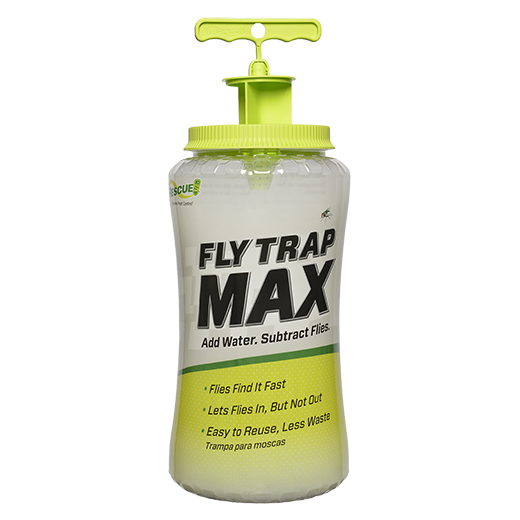
Fly Trap Max
Take catching flies to the MAX. The RESCUE! Fly Trap Max is our biggest fly trap...
VIEW PRODUCT »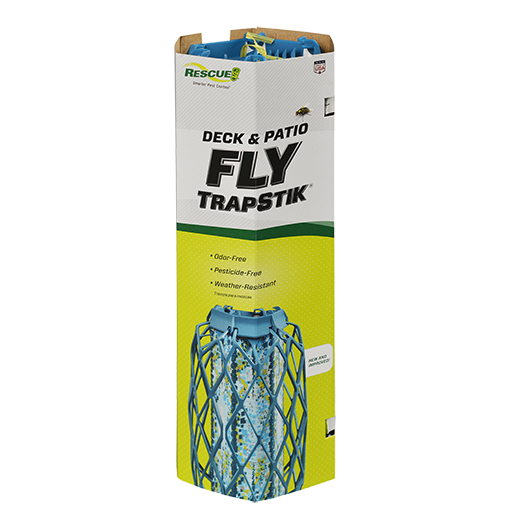
TrapStik, Deck & Patio Fly
Uses our exclusive VisiLure® technology to draw insects with appea...
VIEW PRODUCT »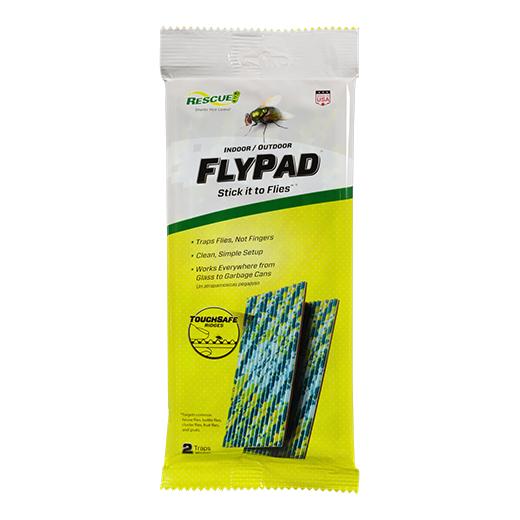
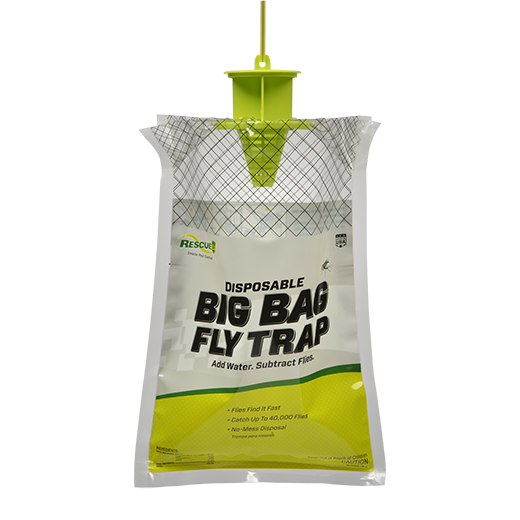
Fly Trap, Big Bag
The RESCUE! Big Bag Fly Trap contains a water-activated lure that flies fin...
VIEW PRODUCT »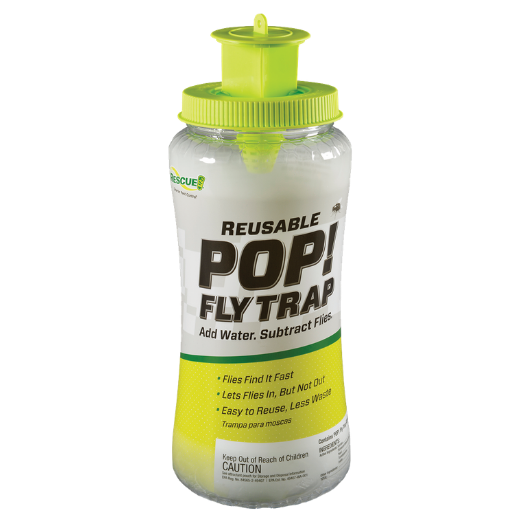
Fly Trap, POP! Fly
The RESCUE! POP! Fly Trap comes with one packet of water-soluble lure packa...
VIEW PRODUCT »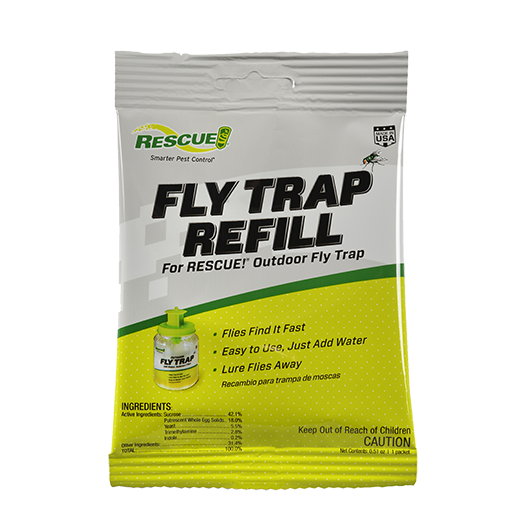
RESCUE! Fly Trap Refill
The RESCUE! Fly Refill works inside the RESCUE! Reusable Fly Trap to l...
VIEW PRODUCT »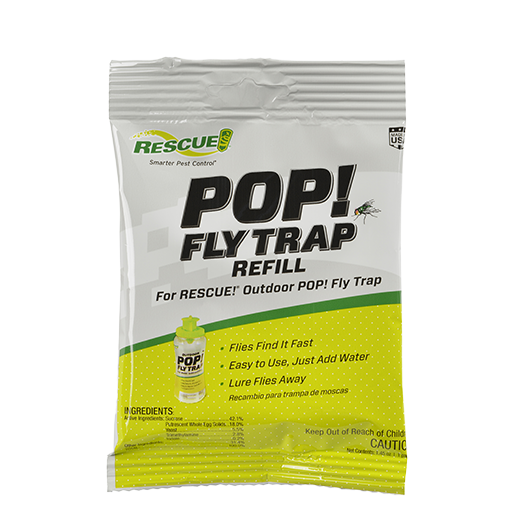
RESCUE! POP! Fly Trap Refill
The RESCUE! POP! Fly Refill works inside the RESCUE! Reusable POP! Fly...
VIEW PRODUCT »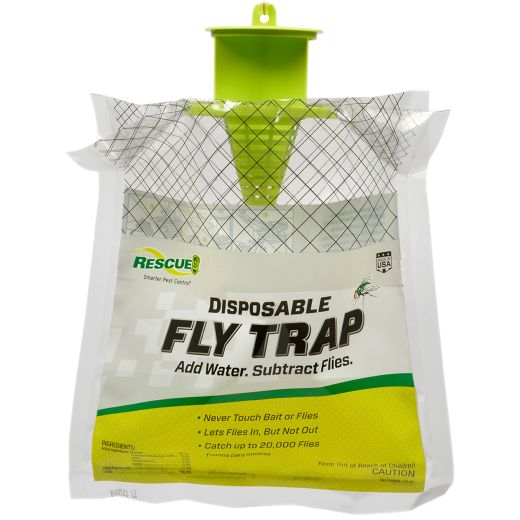
Fly Trap, Disposable
Simply cut the clear plastic circle at the very top, following the scissor symbo...
VIEW PRODUCT »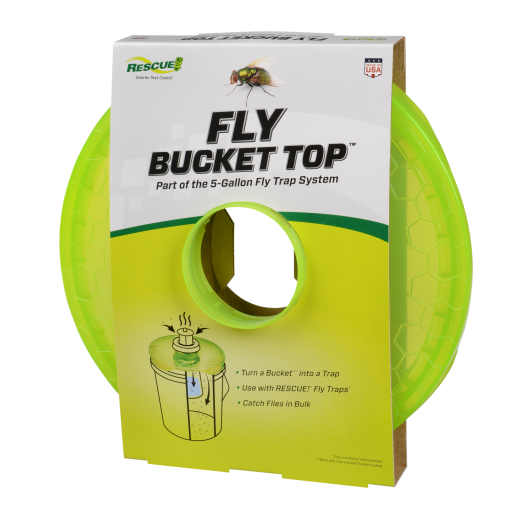
Fly Bucket Top
Turn any 5-gallon bucket** into a jumbo fly trap with the Fly Bucket Top and a c...
VIEW PRODUCT »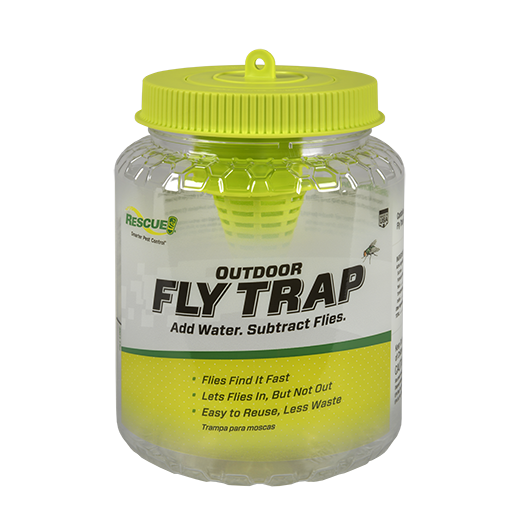
Fly Trap, Reusable
The trap comes with a water-soluble lure pouch. When the jar is filled with warm...
VIEW PRODUCT »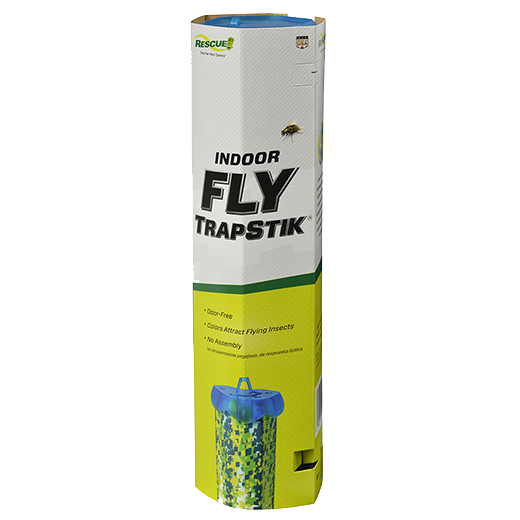
TrapStik, Indoor Fly
The Indoor Fly TrapStik uses our exclusive VisiLure® technology&nb...
VIEW PRODUCT »House Flies
House flies are the most common species of fly in the order Diptera (two wings). They regurgitate and excrete whenever they land, potentially transmitting disease.
Geographic Region
House flies are found throughout North America and the world.
Natural Habitat
House flies breed and multiply around any type of waste product -- dumps, sewers, garbage heaps. They are attracted to moist organic material around homes and farms.
Weather Conditions
House flies breed and thrive in warm temperatures. When temperatures are in the high 90s (Fahrenheit), their eggs can hatch in hours; in temps closer to 60, they can take two days. Colder temperatures kill them off, unless they take refuge indoors.
Behavior
House flies breed mostly outdoors in garbage, animal feces, and decaying organic materials.
Unique Characteristics
House flies are medium-sized, gray, with red eyes and four stripes on the thorax.
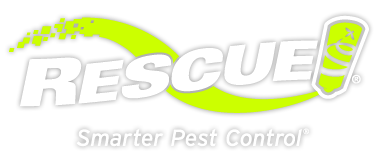

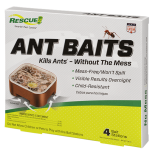 Ant Baits
Ant Baits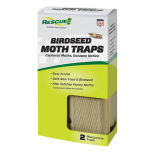 Birdseed Moth Trap
Birdseed Moth Trap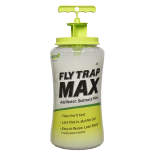 Fly Trap Max
Fly Trap Max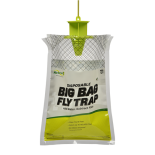 Fly Trap, Big Bag
Fly Trap, Big Bag 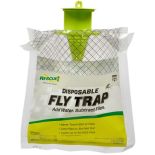 Fly Trap, Disposable
Fly Trap, Disposable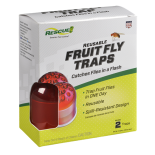 Fly Trap, Fruit Fly
Fly Trap, Fruit Fly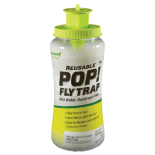 Fly Trap, POP! Fly
Fly Trap, POP! Fly 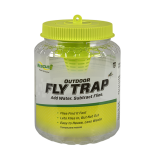 Fly Trap, Reusable
Fly Trap, Reusable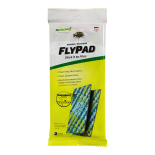 FlyPad
FlyPad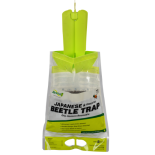 Japanese & Oriental Beetle Trap
Japanese & Oriental Beetle Trap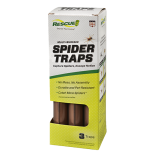 Spider Trap
Spider Trap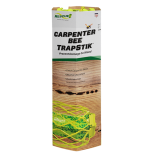 TrapStik, Carpenter Bee
TrapStik, Carpenter Bee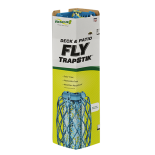 TrapStik, Deck & Patio Fly
TrapStik, Deck & Patio Fly 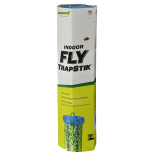 TrapStik, Indoor Fly
TrapStik, Indoor Fly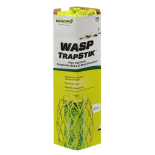 TrapStik, Wasp
TrapStik, Wasp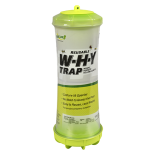 W·H·Y Trap for Wasps, Hornets & Yellowjackets
W·H·Y Trap for Wasps, Hornets & Yellowjackets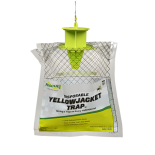 Yellowjacket Trap, Disposable
Yellowjacket Trap, Disposable 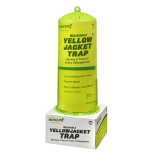 Yellowjacket Trap, Reusable
Yellowjacket Trap, Reusable 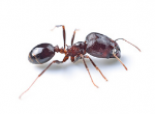 Ants
Ants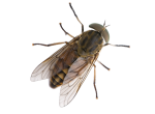 Biting Flies
Biting Flies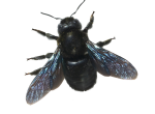 Carpenter Bees
Carpenter Bees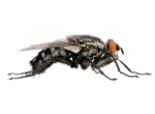 Flies
Flies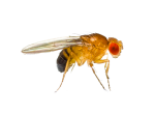 Fruit Flies
Fruit Flies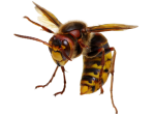 Hornets
Hornets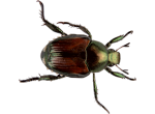 Japanese Beetles
Japanese Beetles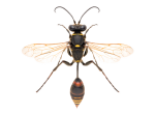 Mud Daubers
Mud Daubers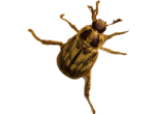 Oriental Beetles
Oriental Beetles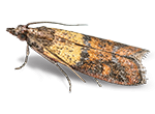 Birdseed & Pantry Moths
Birdseed & Pantry Moths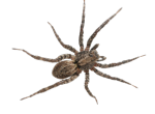 Spiders
Spiders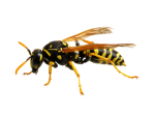 Wasps
Wasps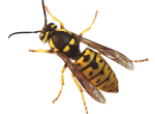 Yellowjackets
Yellowjackets

